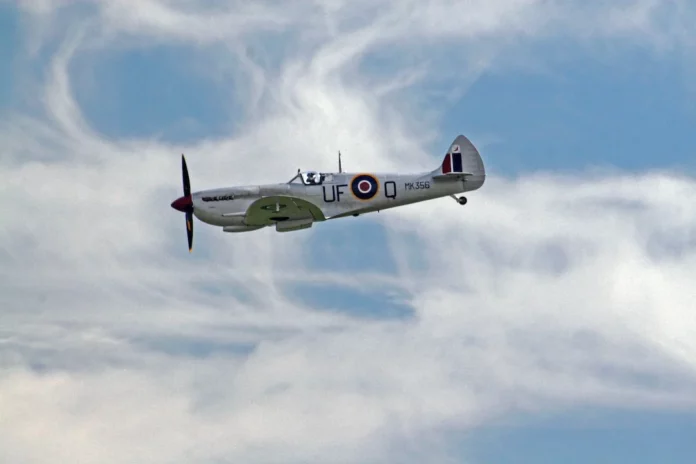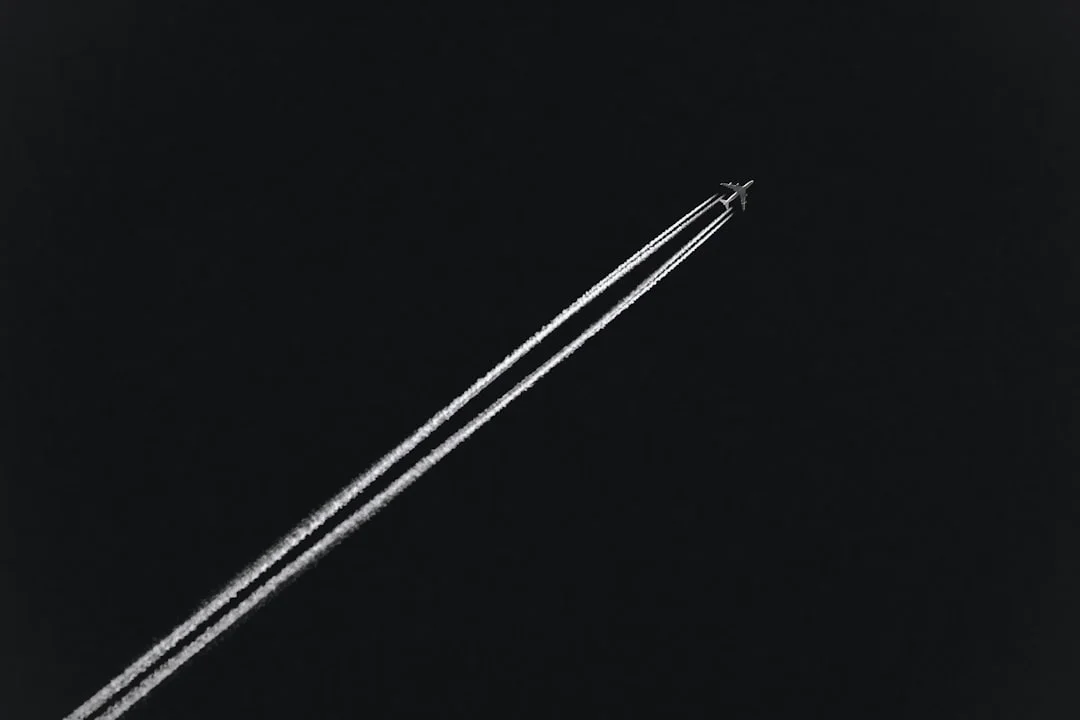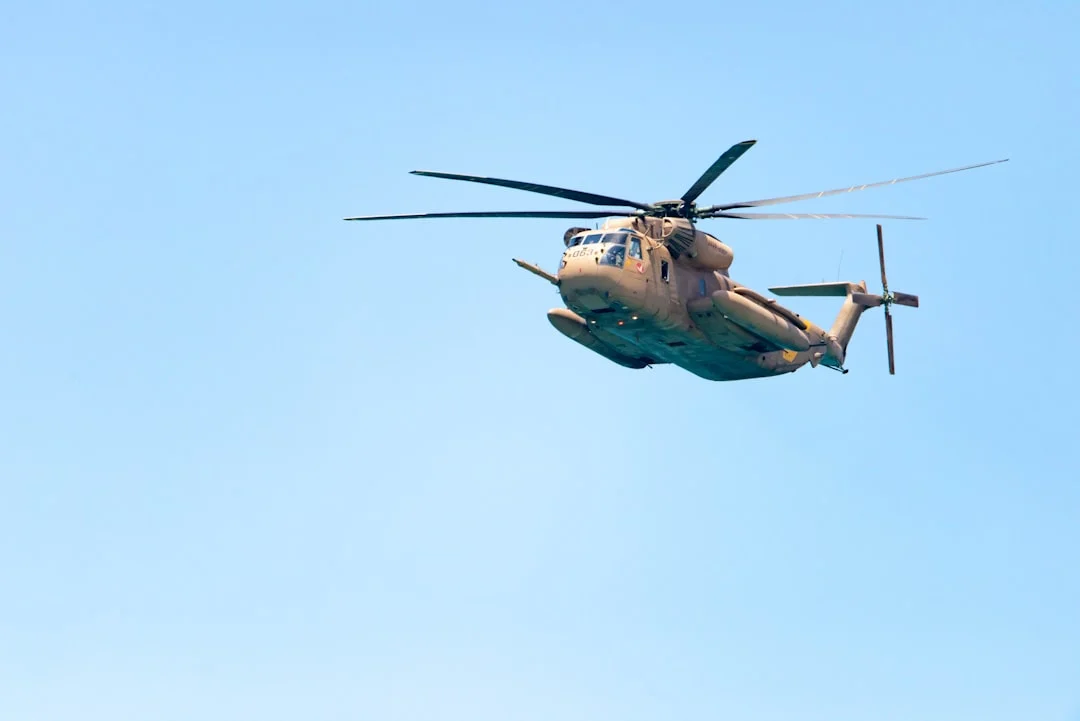The High Lift Control Unit (HLCU) is a critical component of the Boeing 777 aircraft’s high lift system. This system plays a crucial role in ensuring safe takeoffs and landings by controlling the deployment and retraction of the aircraft’s flaps and slats. The HLCU serves as the interface between the flight deck and the high lift system, allowing pilots to command and monitor the operation of these key aerodynamic devices.
When an aircraft takes off or lands, the high lift system is activated to increase the lift generated by the wings. This allows the aircraft to achieve lower speeds during these critical phases of flight. The HLCU is responsible for coordinating the movement of the flaps and slats, which are located on the trailing edge and leading edge of the wings, respectively.
How Does the High Lift Control Unit Work?
The High Lift Control Unit consists of several components that work together to ensure the safe and efficient operation of the high lift system. These components include:
1. Control Electronics: The control electronics form the brain of the HLCU. They receive input from the flight deck and sensors, process this information, and generate commands to control the deployment and retraction of the flaps and slats.
2. Electrohydraulic Actuators: The electrohydraulic actuators convert the electrical signals from the control electronics into physical movement of the flaps and slats. They are responsible for precisely positioning these aerodynamic devices, ensuring optimal aerodynamic performance.
3. Sensors: Sensors play a crucial role in providing feedback to the control electronics. They monitor various parameters, such as the position of the flaps and slats, hydraulic pressure, and temperature, allowing the HLCU to make real-time adjustments and maintain safe and reliable operations.
The Importance of the High Lift Control Unit
The High Lift Control Unit is a critical component of the Boeing 777’s high lift system, and its importance cannot be overstated. Here are some key reasons why the HLCU is essential for the safe and efficient operation of the aircraft:
1. Enhanced Flight Performance: The HLCU allows the flaps and slats to be deployed and retracted at the appropriate times, enhancing the overall flight performance of the aircraft. By increasing lift during takeoff and landing, the flaps and slats enable the aircraft to operate at lower speeds, which is crucial for safe operations.
2. Improved Safety: The high lift system, controlled by the HLCU, enhances the safety of the 777 aircraft by providing increased lift and improved control during critical flight phases. These aerodynamic devices allow the aircraft to maintain stable flight characteristics at slower speeds, reducing the risk of stalls and ensuring a smooth and controlled approach to landing.
3. Efficient Fuel Consumption: The deployment of the flaps and slats at the appropriate times is crucial for optimizing fuel consumption. By increasing the lift, the high lift system reduces the drag experienced by the aircraft, allowing it to operate at lower throttle settings. This results in fuel savings and improved overall efficiency.
Conclusion
The High Lift Control Unit is a vital component of the Boeing 777 aircraft, responsible for the control and coordination of the flaps and slats. By deploying these aerodynamic devices at the appropriate times, the HLCU enhances flight performance, improves safety, and increases fuel efficiency. This critical system plays a significant role in ensuring safe and efficient takeoffs and landings, making it an indispensable part of the Boeing 777’s high lift system.
To learn more about the Boeing 777 aircraft and its systems, visit the official Boeing website.
For More: What is AVM on Boeing 777? (Airborne Vibration Monitor)




